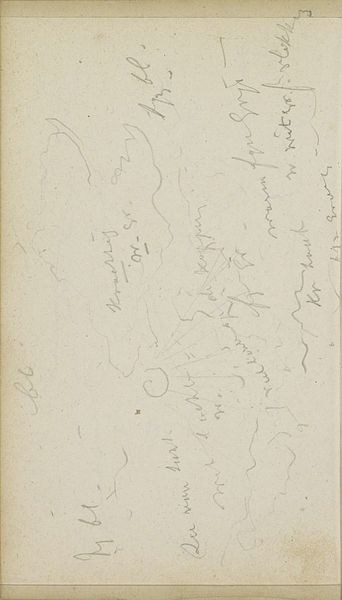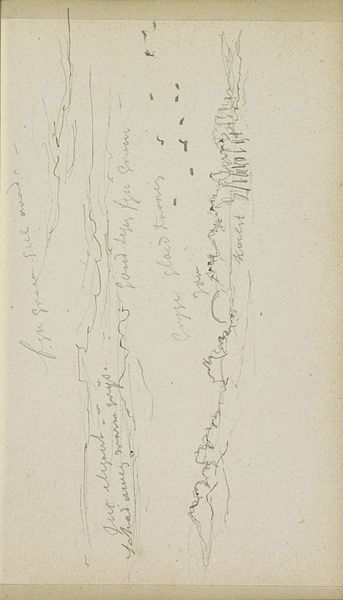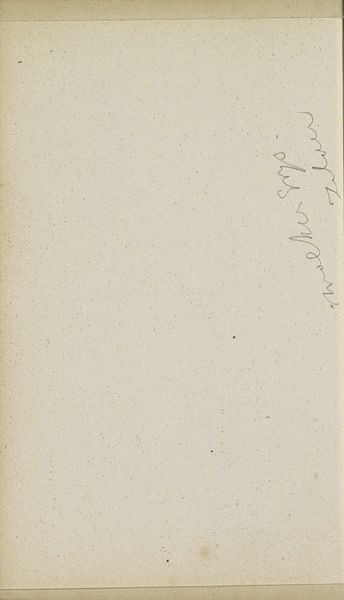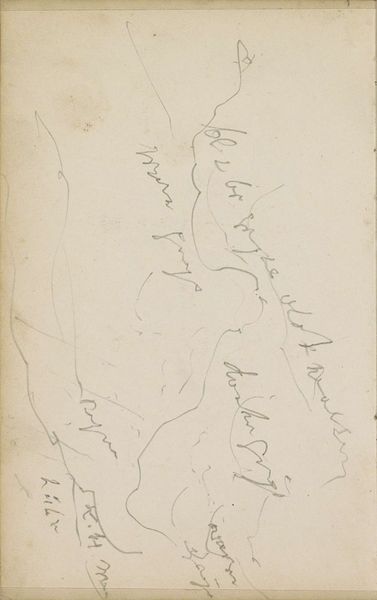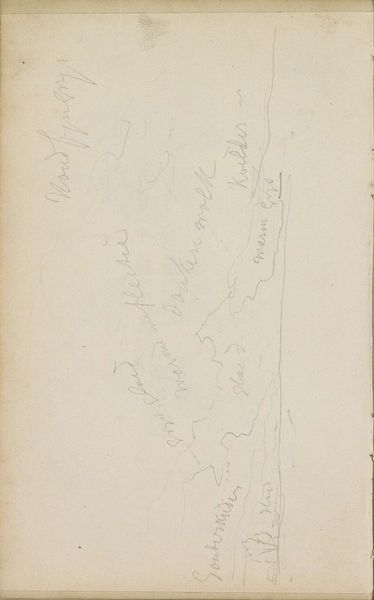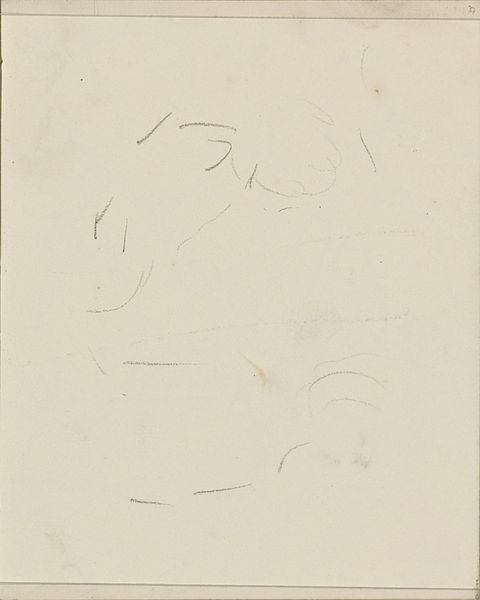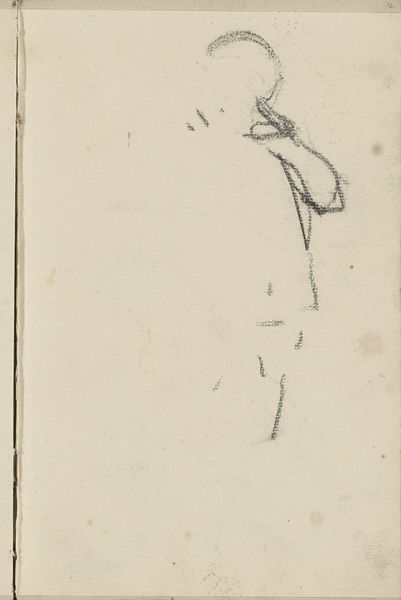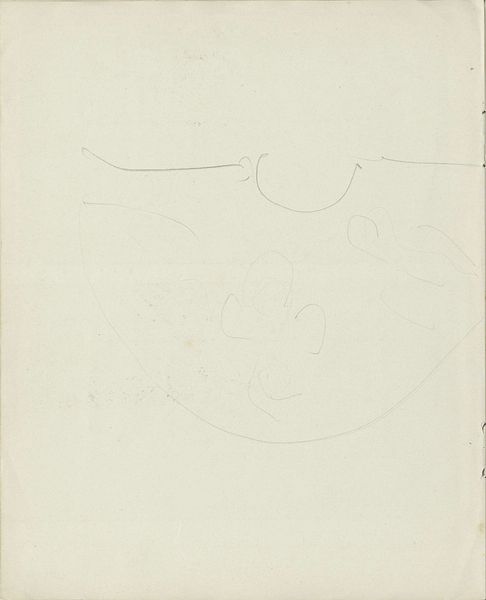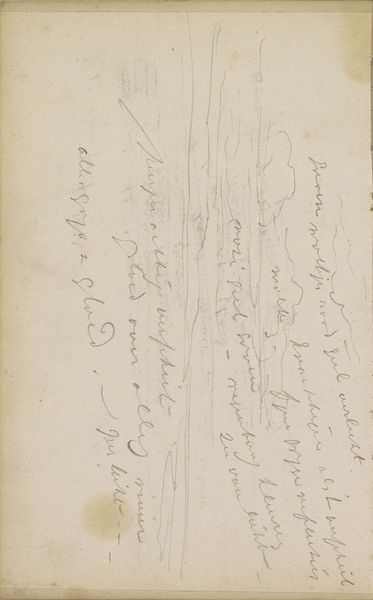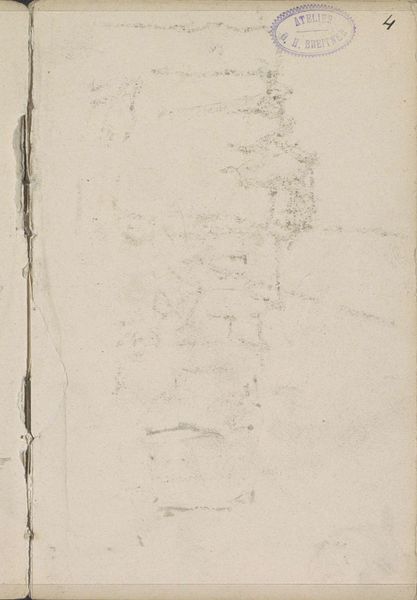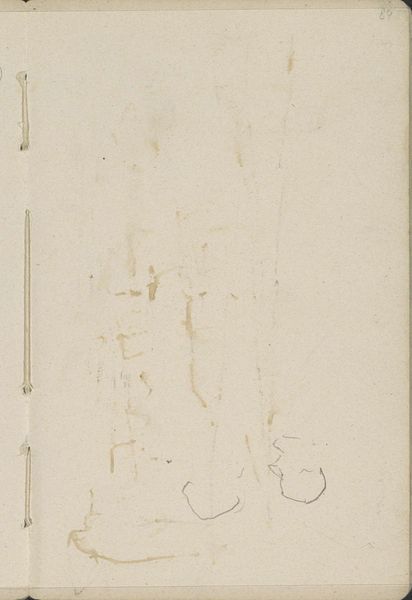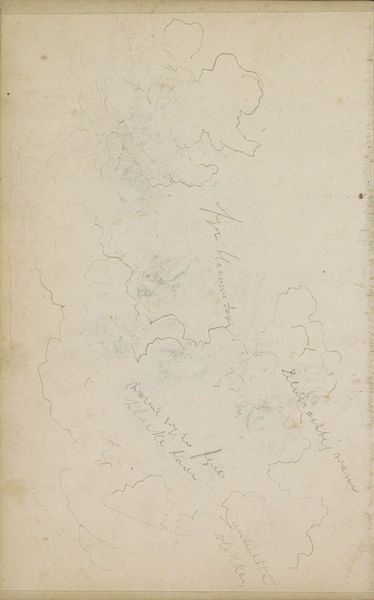
drawing, paper, pencil
#
drawing
#
landscape
#
paper
#
pencil
#
watercolor
#
realism
Copyright: Rijks Museum: Open Domain
Editor: Here we have Johannes Tavenraat's "Landschap," a landscape drawing made with pencil on paper after 1854, currently housed at the Rijksmuseum. The delicate, almost ghostly, quality of the pencil strokes gives it a tentative feeling, like a half-remembered dream. What's your take on this piece? Curator: Well, the "tentative" quality you point out is interesting. Given the period and the prevalence of landscape art, consider the role of drawing itself. It wasn’t necessarily a final product. More often, sketches served as preparation for larger paintings or engravings, functioning as a tool in the artist's process. Editor: So it’s not necessarily "unfinished," but functional? Almost like a preliminary study? Curator: Precisely. And it asks us to think about artistic labor itself. In Tavenraat’s time, the art market was shifting, creating demands on artists to be more prolific, and drawings became a more readily traded commodity, thus changing their social and economic meaning. What's fascinating is how this preparatory sketch ended up in a museum context. What does it mean to frame such a preliminary work? Editor: So, displaying it transforms its meaning, elevating it from a step in the artistic process to a work worthy of observation in itself. It also highlights the artistry of observation and draftsmanship. Curator: Exactly! We're then asked to consider not just the subject, the landscape, but the act of seeing and recording that landscape. Perhaps more broadly, its very presence in a space such as the Rijksmuseum shifts the drawing away from something private, and places it into a sphere of national cultural heritage. Editor: I hadn't thought about how its location in the museum changes everything. Thanks! I’ll definitely consider the journey of art production and labor in my own study.
Comments
No comments
Be the first to comment and join the conversation on the ultimate creative platform.
